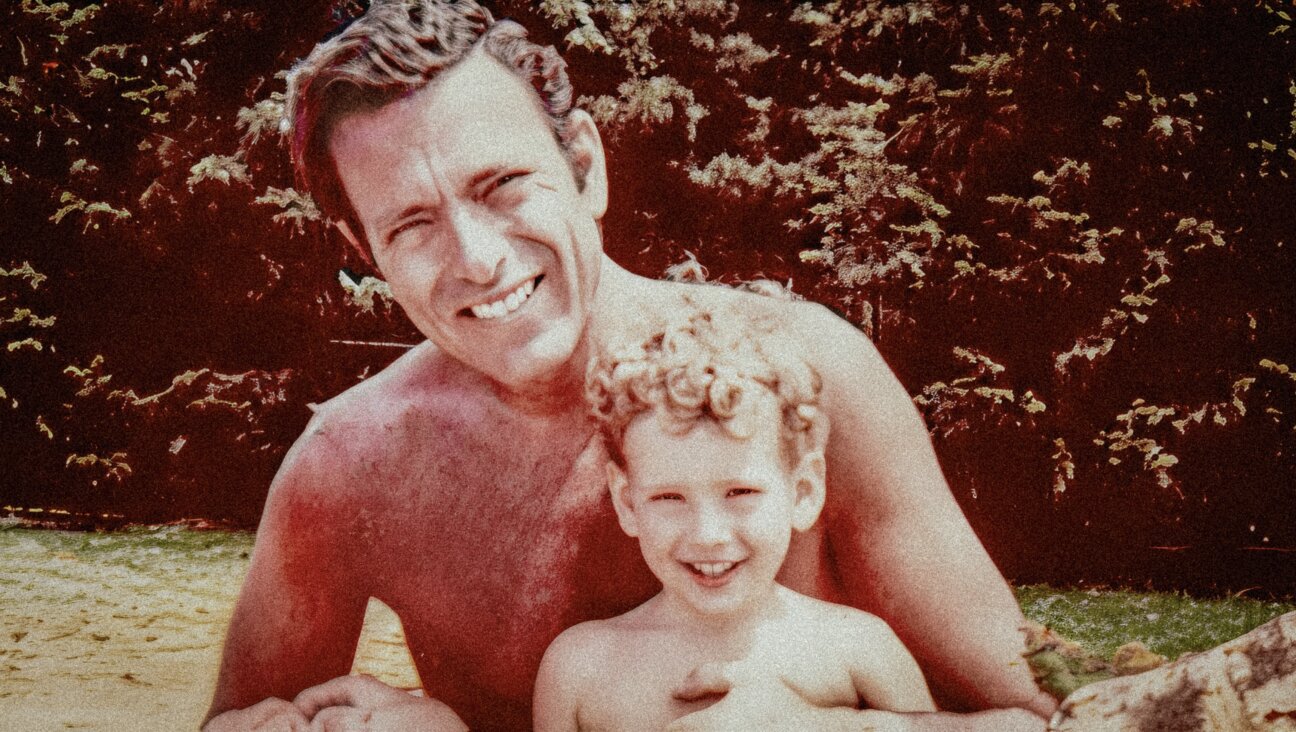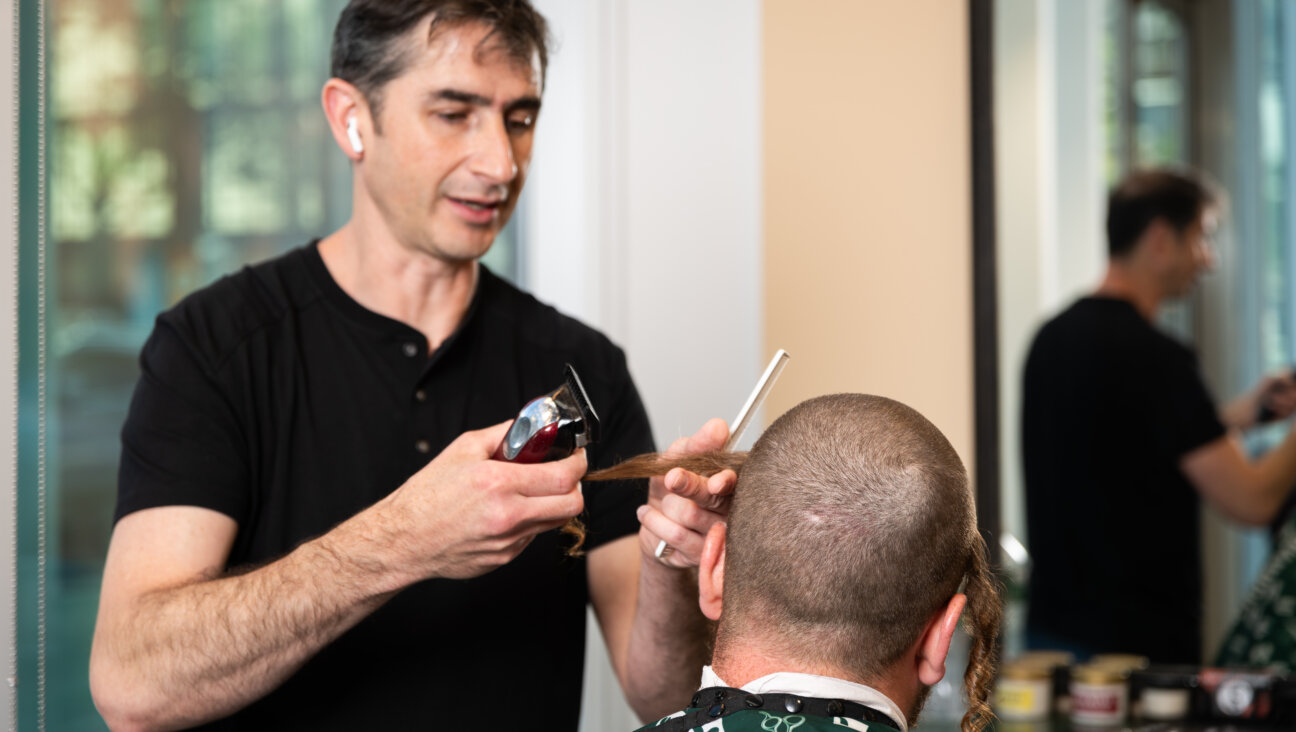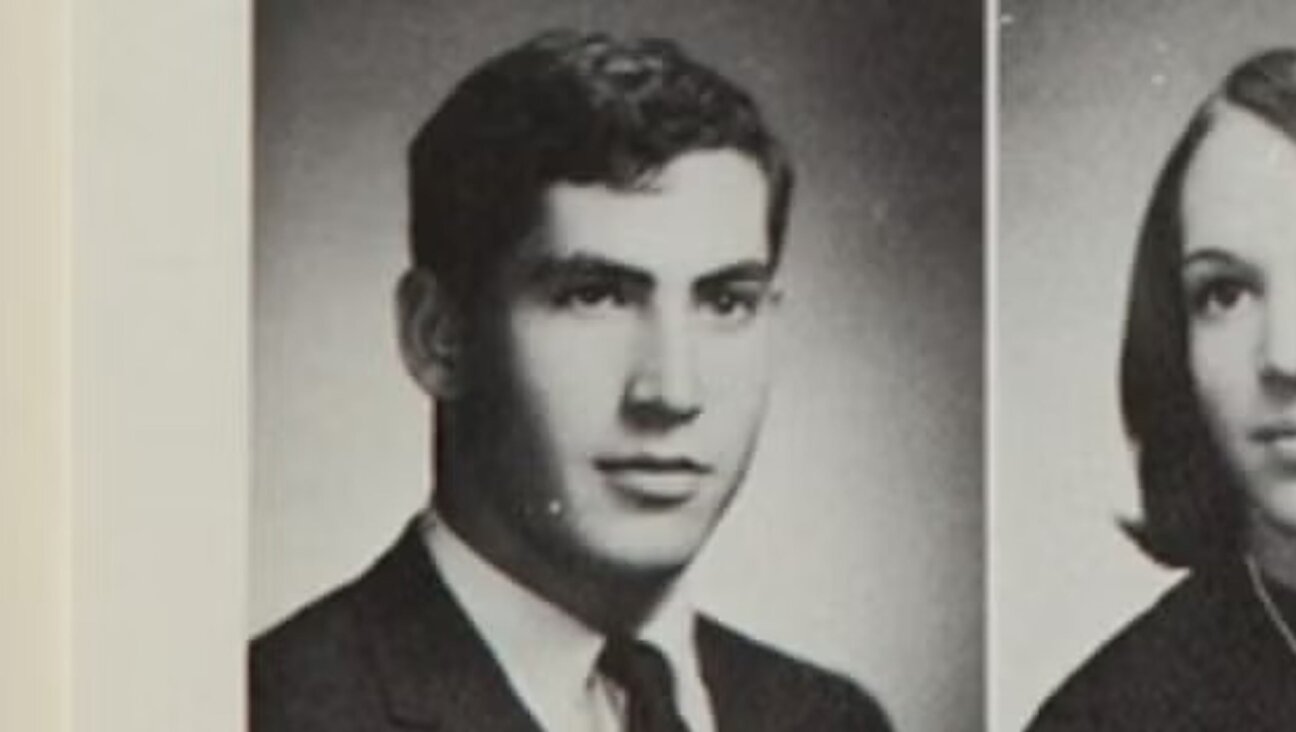One Man Chronicles Centuries of Synagogue Music
Appearances can be deceiving, especially online. For example, one would never guess from its plain vanilla Web site that Google is a hyper-capitalized behemoth worth more than General Motors and Ford put together.
Conversely, the Web site of the Jewish Music Heritage Project gives the impression of a lavishly funded institutional undertaking. Dedicated to providing “the world’s only centralized, comprehensive, and definite resource” for Eastern European synagogue music, the JMHP includes three components, all in various stages of development: a five-volume, 20-book set of annotated musical transcriptions, titled “The Musical Tradition of the Eastern European Synagogue”; 75 CDs worth of accompanying audio recordings, and an interactive Web site where people can go to learn about Eastern European synagogue music online. “The end product,” the current, noninteractive site claims, “will be a collection of everything necessary to re-create the tradition in the future.” This, one would think, is a job for an entire university department — or at least several professors and a raft of much-abused graduate students.
Yet the JMHP is in fact a mom-and-pop operation — or rather, a pop-and-daughter operation. Sholom Kalib, a former cantorial prodigy from Dallas who is professor emeritus of music theory and literature at Eastern Michigan University in Ypsilanti, hatched the idea for the project in the 1970s and has run the musical side of things ever since. As the scope and ambition of the project began to expand in the late 1990s, Kalib’s daughter, Ruth Eisenberg, who formerly worked in the development department of Chicago’s DePaul University, stepped in to provide fund-raising and administrative support.
The son of Ukrainian immigrants, Kalib was born into a long line of cantors from the town of Valodika, just outside Kiev. He spent his youth and early adulthood performing and teaching chazzanut (cantorial music) in both Dallas and Chicago, where he attended the Hebrew Theological Seminary. Later he earned a doctorate in music theory from Northwestern University. Even as a young man, Kalib was concerned that the Eastern European liturgical tradition was in danger of extinction. “As early as the 1950s,” he said in an interview with the Forward, “I saw that
which I had been trained in fading.”
Eastern European synagogue music had been dealt a double blow on its home turf, first by the rise of Soviet communism, which actively sought to suppress Jewish tradition from the 1920s onward, and then by the Holocaust. Many of the finest Eastern European cantors had fled their homelands before World War II, and the steady decline in the flow of musically informed Eastern European Jewish immigrants after the war only accelerated the effects of acculturation and assimilation in the Diaspora. To make matters worse, while Western European synagogue music has been well documented in written form for many centuries, its Eastern European counterpart remains largely an oral tradition. And as with any oral tradition, a decline in the pool of practitioners is lethal. By 1976, Kalib was convinced that the music with which he had grown up needed to be preserved and codified “in systematic fashion” if it weren’t to vanish altogether. So this mild-mannered yet maniacally committed man, whom Eisenberg calls “the Indiana Jones of Judaism’s classical music,” embarked on a research trip across North America and Israel, ultimately compiling 130 audio tapes’ worth of material from native Eastern European cantors and lay prayer leaders. Kalib transcribed and analyzed those recordings over the course of several sabbaticals, augmenting them with his own collection of printed manuscripts to produce the first two volumes of his projected five-volume set.
The second volume alone, titled “The Weekday Services,” contains 1,350 pages’ worth of musical examples. The first volume, “Introduction: History and Definition,” explains not only the social and cultural environment in which Eastern European synagogue music evolved, but also the nature of the Eastern European nusachot, or Jewish liturgical modes. Like Indian ragas and Arab maqamat, nusachot combine particular scales with characteristic melodic phrases and ornaments. Thanks to centuries of immigration and cultural exchange, the Eastern European nusachot have exerted a considerable influence on the melodic language of Western European synagogue music, just as Western European harmony has profoundly affected Eastern European liturgical music.
With three volumes left to go, Kalib has already launched the next phase of his project: producing fresh recordings of each and every musical example in his collection. With Eisenberg’s help, Kalib auditioned more than 100 singers for the JMHP Boys’ and Men’s Choir this past summer, and the group began rehearsing in November. He estimates that the entire project will take another decade to complete, at which point he will have concluded one of the most comprehensive efforts at musical preservation ever attempted. It’s an extraordinarily ambitious undertaking — one that many would have dismissed as impossible at the outset — yet Kalib shows the same kind of determination and commitment that enabled previous generations of cantors and congregants to keep the tradition alive despite the upheavals of the last century. “This is a dream,” he said. “We’re just working on faith.”



















